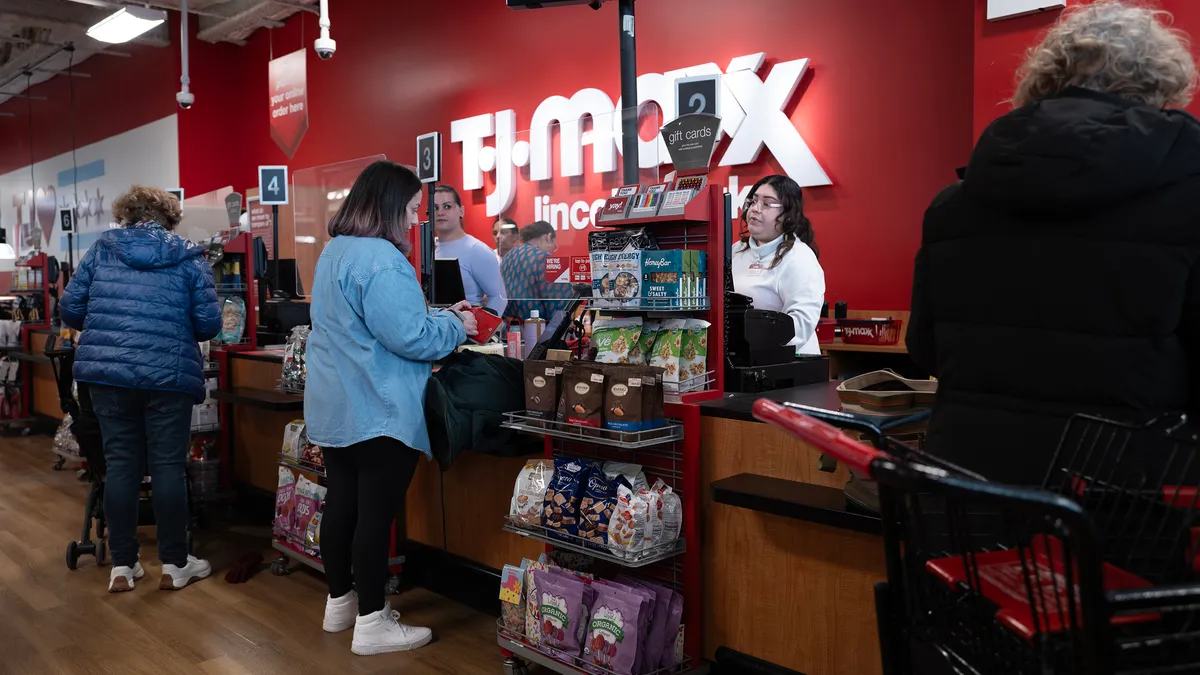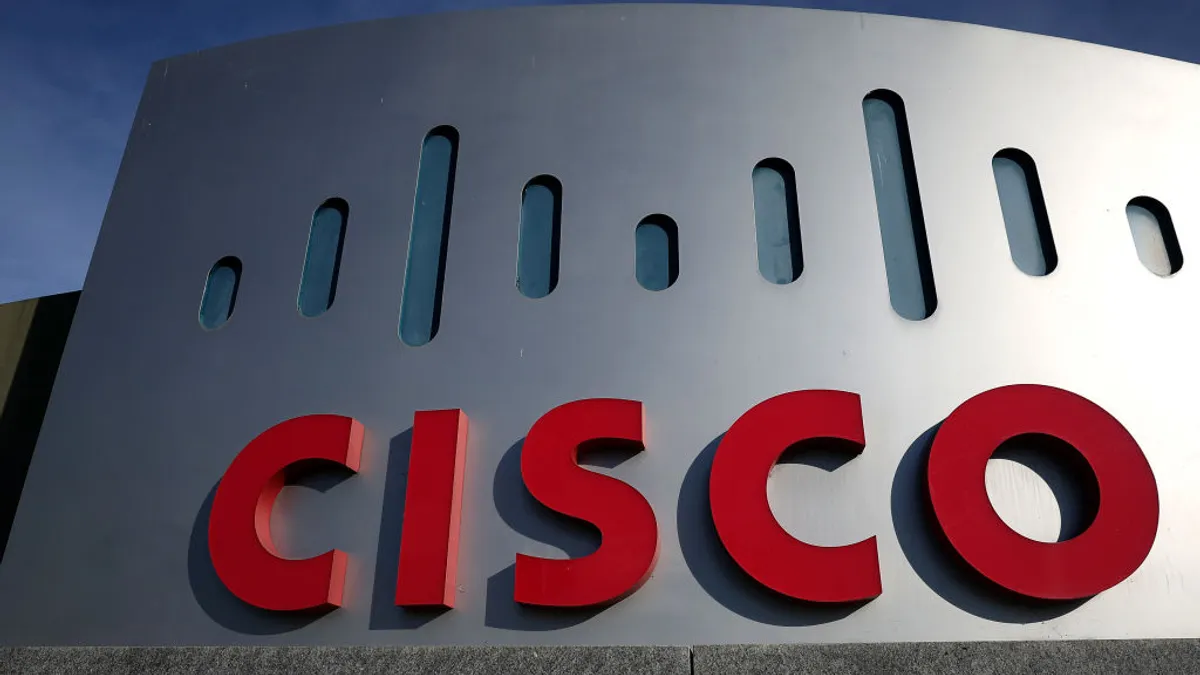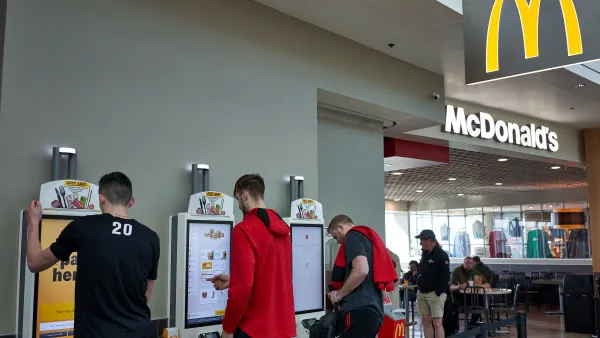The pandemic raised customer expectations of what makes for a good customer experience and those raised expectations have yet to abate, according to a Gallup analysis of nearly 19,000 employees released Tuesday.
More than half of employees — 56% — say that since the pandemic customer expectations have shifted. More than 2 in 5 employees said customers demand higher levels of service, and over a quarter of employees said customers have greater expectations for virtual or remote service.
But to the employees serving them, companies are falling short and aren’t adequately staffing workplaces to keep pace.
Less than a quarter of employees believe that their organization fulfills its service promises, and only 30% expressed pride in their organization’s products or services.
Those findings are supported by others. Customer experience quality dipped in 2023, according to reports from Forrester and KPMG. And customers are noticing.
“While customer expectations continue to rise, firms aren't keeping pace with that,” Judy Weader, a principal analyst at Forrester, told CX Dive. “Then of course that gap [between quality and expectations] is going to become more evident.”
The pandemic amplified customers' desires for better delivery and pick-up options, according to Ed O’Boyle, global practice leader for Gallup's workplace and marketplace consulting and an author of the report.
“The pandemic created a different set of consumer demands around the way they want to receive service across the continuum,” he said.
But after the pandemic, many firms reversed some of those offerings — like curbside pickup — and returned to their more limited service offerings of 2019, according to Weader. Customers have not been happy.
Inadequate staffing
In another survey, Gallup asked 10,000 employees and 100 chief human resource officers at Fortune 500 companies what they thought the biggest barrier was to delivering exceptional products and customer service.
More than 2 in 5 employees and 30% of chief human resource officers thought staffing or not having the right number of people to do the work was the greatest barrier, according to Gallup. Training and having the knowledge to get the work done was listed as a distant second.
O’Boyle credited staffing challenges to a few factors. Many organizations have struggled to fill frontline roles, particularly in healthcare, hospitality and retail.
In other situations, businesses have tried to become more efficient and cut back on staff. Even if those cuts are only to employees who help customer-facing staff, it puts pressure on those frontline roles, he said.
High rates of turnover have also impacted service.
“When you have open roles and constant turnover, you’re constantly having to train your new employees,” he said. “There’s a learning curve associated with that.”
But when employees are supported to meet customers’ expectations, it’s a win-win situation.
“We have found that when employees feel like they are able to deliver on the promises they make to their customers, they are more likely to be engaged, have higher wellbeing, and less likely to be burned out,” O’Boyle said.













